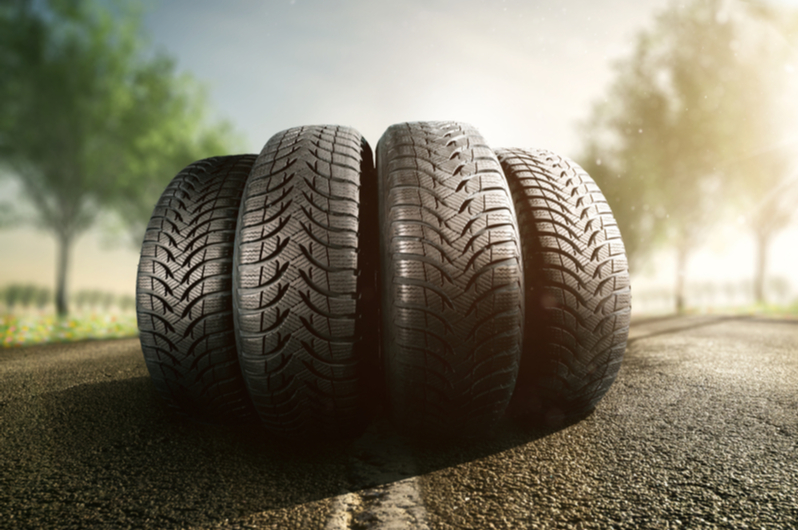When looking for the best car tires in your budget, there are a few factors you should consider before purchasing. The coding on tires tells you important details about where and when it was manufactured, which can be quite beneficial when purchasing new or used tires. Find out more about tire types and what to look for before purchasing.

Types of Car Tires
You might take any car tires for sale if your budget is your deciding factor, but you should consider the type of tire you need first. Buying the cheap car tires not designed for your vehicle or the terrain could cost you more in the end. For example, temporary tires (spares) are often less expensive but are not meant to exceed 50 miles per hour or 70 miles in distance.Depending on where you live, you might need multiple sets to get the best value and performance. For instance, using seasonally specific tires off-season could cause unnecessary wear on the tread. By switching between two or more sets, you can actually save money in the long run by using the parts as intended.
Some car tire types include the following:
-
All-Season – Just as the name states, these all-season car tires handle roads year-round. These tires have a tread pattern designed for gripping pavement in wet conditions.
-
Summer – Great for dry or wet conditions, summer tires are ideal for warmer areas like the South and westward on6. New Englander’s and other northerners can switch from winter car tires to summer ones before spring to save the tread on both sets during the off seasons.
-
Winter – The special tread on these tires is optimal for harsh conditions including ice, snow and slush. However, the tread on winter car tires wear faster in warmer weather and drivers should switch them seasonally or use exclusively in cold climates.
-
Touring – Made for comfort on long road trips, these responsive tires also deliver all-season traction. Performance vehicles often require higher quality parts like touring tires.
-
Performance – Although performance tires have larger grooves to better handle wet weather, they offer better grip in any conditions. If you have a sports car, then you may opt for performance tires to match the ability of the vehicle.
-
Track and Competition – Although not cheap car tires, these will give any driver the ultimate experience on the road with the best in performance. While they provide outstanding grip in dry conditions, owners typically only use these for competitions and not for daily use.
What to Look for on Car Tires for Sale
Whether buying a new or used car tires, you should look into the following factors before purchasing
tires including the following:
Tire code – All car tires have painted or
embossed numbers that state the tire’s specifications including the:
-
Type, which should state P for passenger tires
-
Tread width, which is a three-digit distance in millimeters
-
Aspect ratio, which indicates the height in relation to the width
-
Construction, which is either radial, bias-belt of bias-ply
-
Diameter for the rim
-
Load rating, which is the coded weight the tire can hold
-
Speed rating, which states the speed the tire can go before risking failure
UTQC code – This code states the tread wear, traction and temperature resistance, which are important for performance drivers.
Fuel economy – Depending on the type, car tires can affect fuel usage 15 to 20 percent. Tires with low-rolling resistance are more fuel-efficient.
Warranty – Although not typical when buying used car tires, new parts can have manufacturer warranties to cover certain problems for a period of time or up to a certain distance.
Noise – While drivers may not notice noise driving slowly through town, some tires can be more quiet on highways than others.